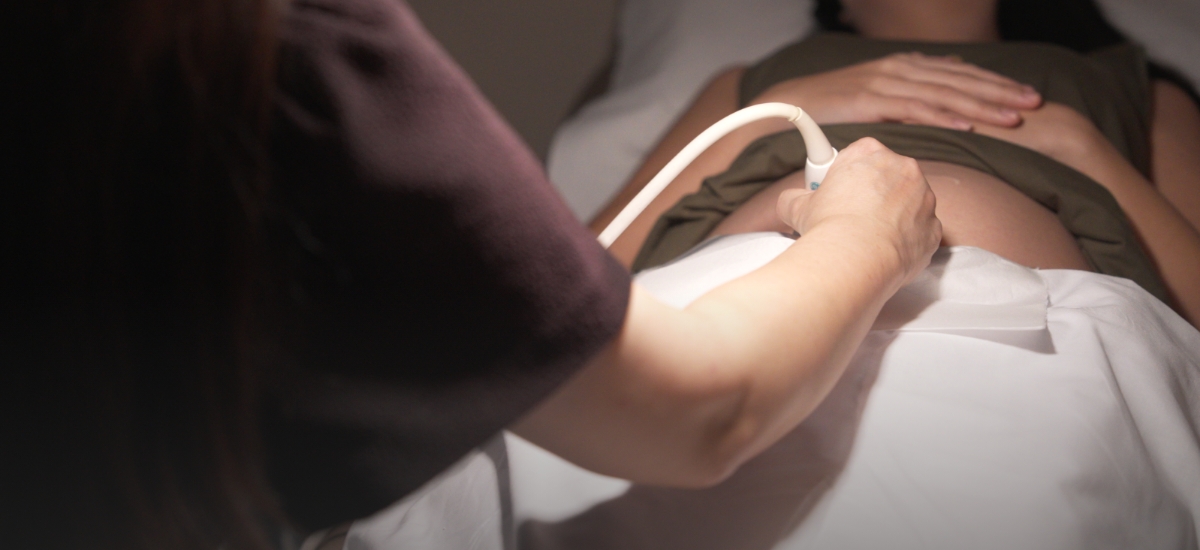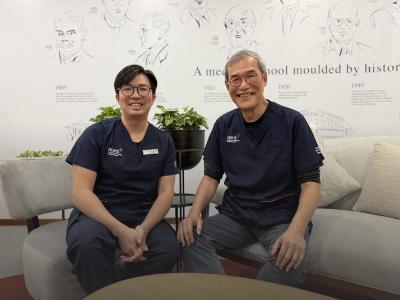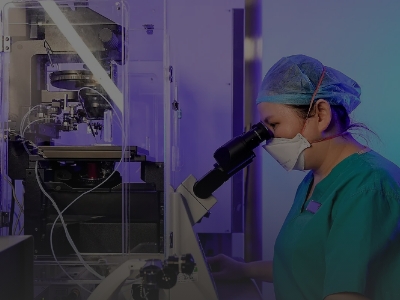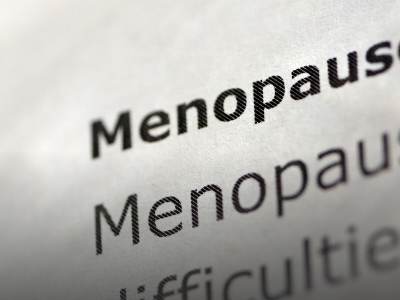Published on 28 January 2024
We speak with the professor who led National University Hospital’s game-changing in-utero stem cell transplant for a baby with brittle-bone disease.
In the first-of-its-kind procedure in Asia, a Taiwanese baby girl who suffered from osteogeneis imperfecta (OI), or brittle-bone disease, underwent in-utero stem cell transplantation carried out by a team of experts at National University Hospital (NUH). Years later, she was reportedly thriving as a healthy child, having not suffered fractures despite leading an active lifestyle.
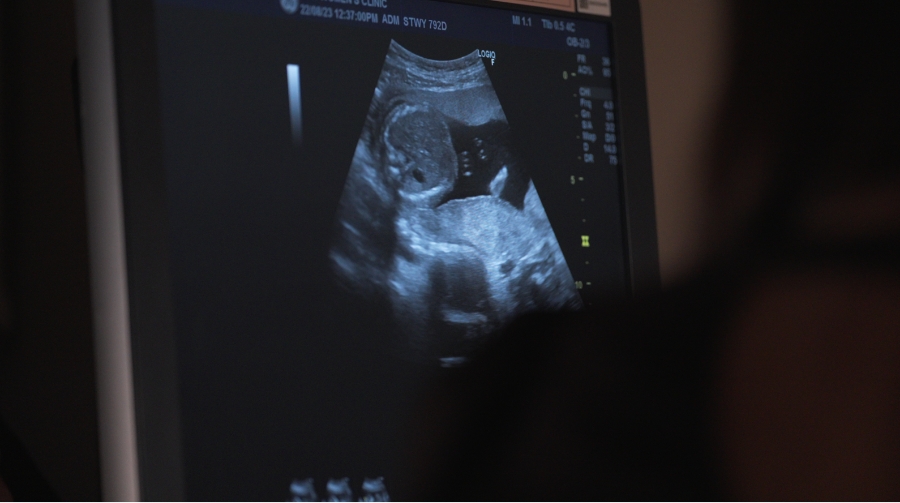

We speak with A/Prof Mahesh Choolani, Head & Senior Consultant, Department of Obstetrics and Gynaecology, and Senior Consultant, Division of Maternal Fetal Medicine, in the Department of Obstetrics and Gynaecology, NUH, about his team’s successes in the area of in-utero stem cell therapy:
1.What is in-utero stem cell transplantation?
In-utero stem cell transplantation is when we harvest healthy stem cells either from the mother or a donor and inject them into the foetus while the baby is inside the womb. The stem cells will find their way to the organ of disease, doing different things as they reside there. They may generate actual material (blood and immune cells) that can replace or repair damaged cells, or they may sit there over a longer period and form other material for the rest of the body to use.
2. Tell us more about the groundbreaking in-utero transplant that your team performed?
The first injection of bone-forming mesenchymal stem cells — connective tissue cells that can form and improve bone tissue — via the uterus was given in 2008, when the baby was a 31-week-old foetus. A second injection was given when she turned a year old. In a paper published in the medical journal Stem Cells Translational Medicine in 2013, the then-four-year-old girl was reported to be “doing well,” and had taken part in sporting activities without suffering new fractures.
3. What are the untapped opportunities for in-utero stem cell transplantation?
It’s still early days, but the two big studies involving in-utero stem cell transplantation are currently around OI and Alpha Thalassemia. The latter is an inherited blood disorder characterised by reduced production of haemoglobin — the protein in red blood cells that carries oxygen. It can cause fatigue and anaemia, among other conditions.
4. What are the challenges and risks associated with in-utero stem cell transplantation?
Firstly, it may not work. The transplanted stem cells may not engraft successfully into the recipient's tissues and organs. There is also a possibility — depending on the gestational age of the foetus — that either the foetus’ or mother’s body may recognise the stem cell sample as foreign and attack it. This is the same matching issue that we may have with blood transfusions, and can lead to health complications for both mother and foetus, including inflammation and damage to the foetal tissues and organs.
5. What other important things should parents take note of, when considering in-utero stem cell transplantation to treat their babies?
Firstly, the diagnosis (of the foetus’ condition) needs to be made reasonably early, as in-utero stem cell transplantation is most effective when performed at a specific stage of foetal development. Early diagnosis enables timely intervention, potentially preventing or minimising the progression of the condition and improving the long-term outcomes for the foetus.
Then, parents should seek out a medical centre that might be able to perform the procedure, while bearing in mind that the centre needs time to source for the appropriate stem cells and prepare them accordingly. In the case of the NUH OI patient, we did it in four to five weeks.
6. Why did you choose to help children (in this case, those suffering from OI) via in-utero stem cell transplantation
On the average, there are 140 million babies born globally each year. Up to one in 20,000 of these babies may suffer from OI, which can result in serious and widespread bone damage, such as fractures. And up to six per cent of babies may be born with some form of medical or genetic condition. These individuals are likely to have a difficult life course. To be able to develop technologies and innovations to help them live a fuller life is an important and meaningful thing for the medical industry.
In consultation with A/Prof Mahesh Choolani, Head & Senior Consultant, Department of Obstetrics and Gynaecology, and Senior Consultant, Division of Maternal Fetal Medicine, in the Department of Obstetrics and Gynaecology, NUH.

